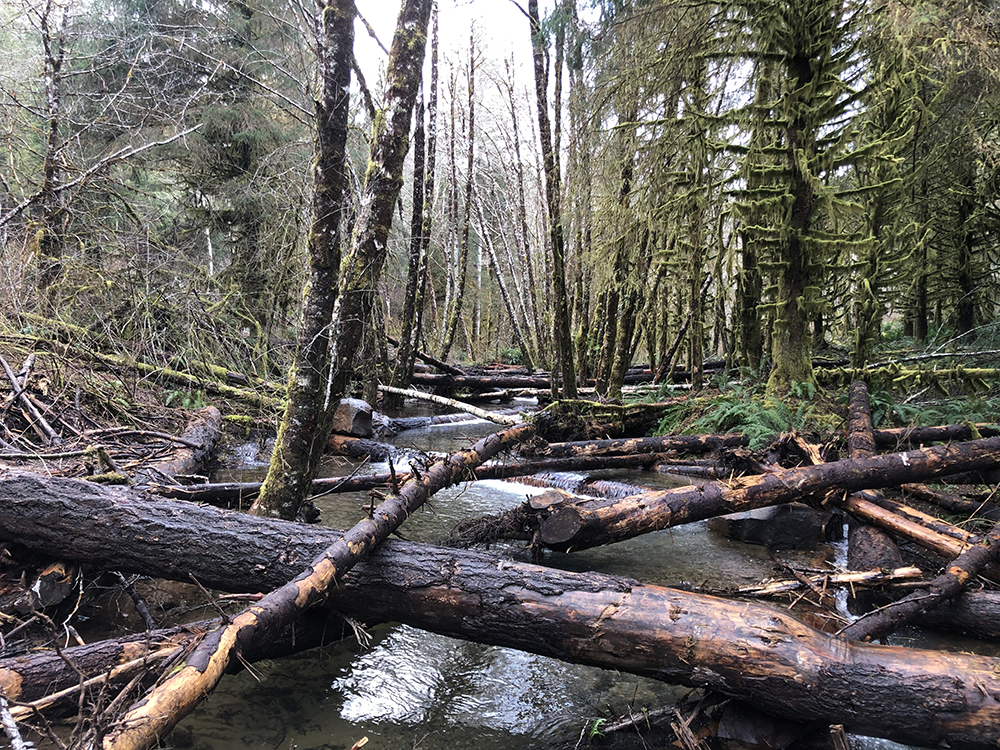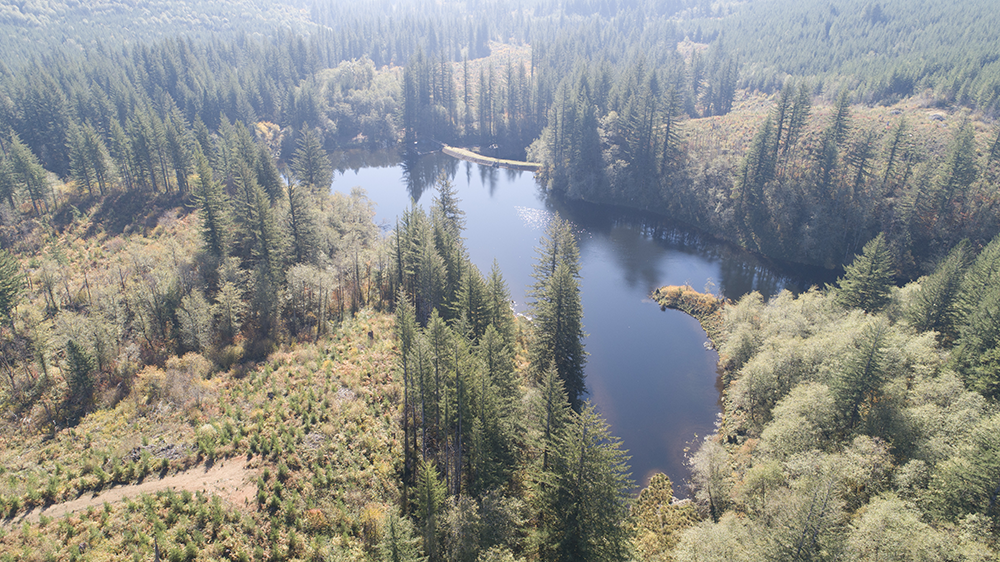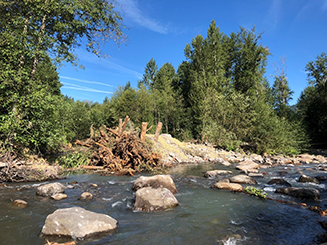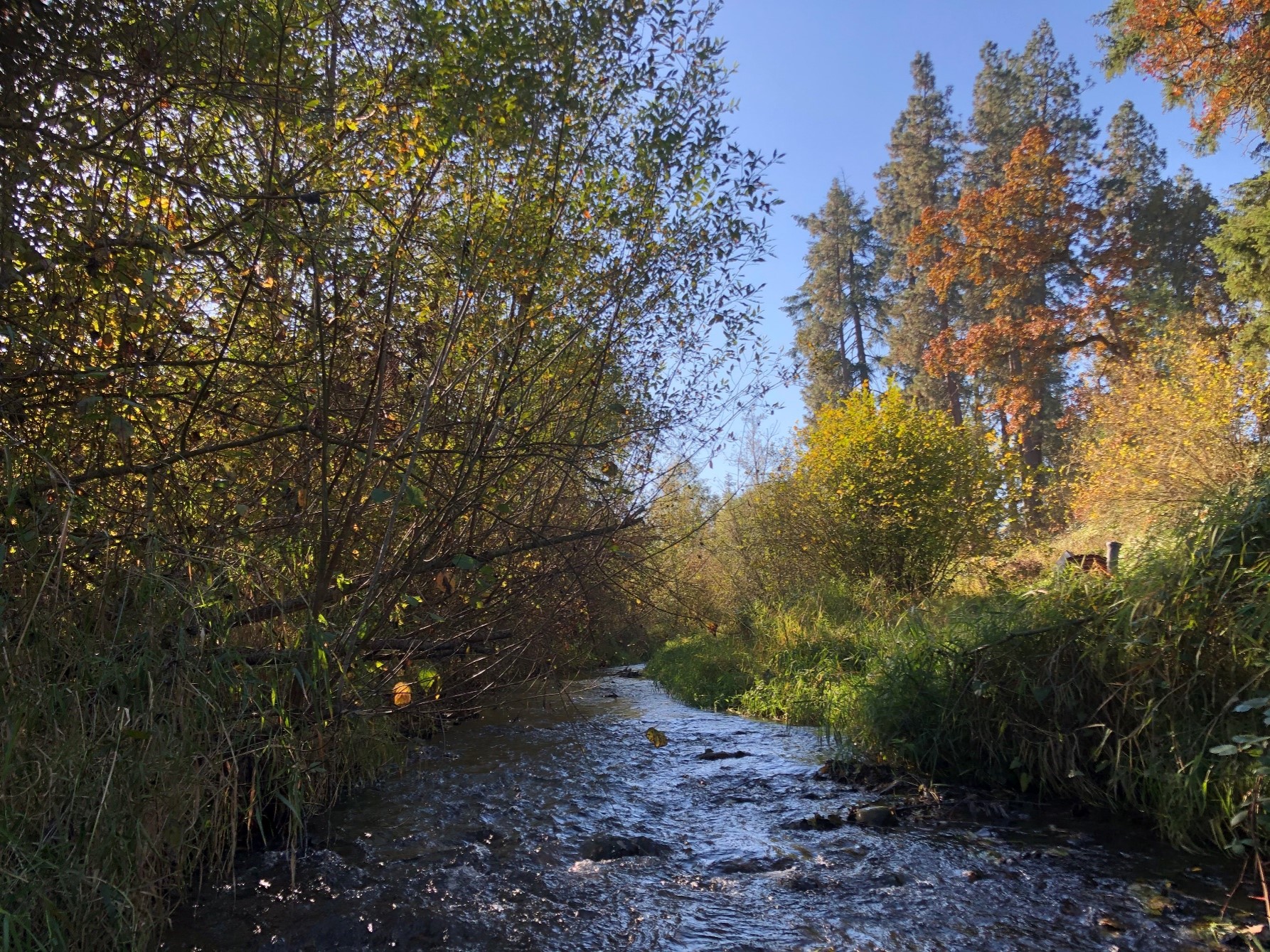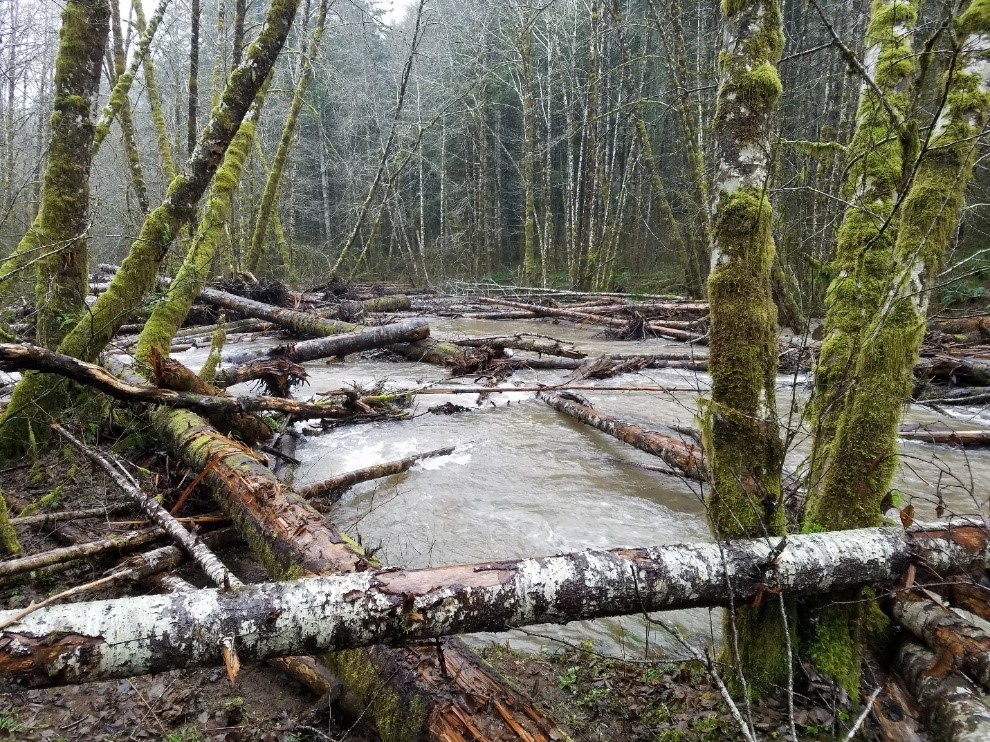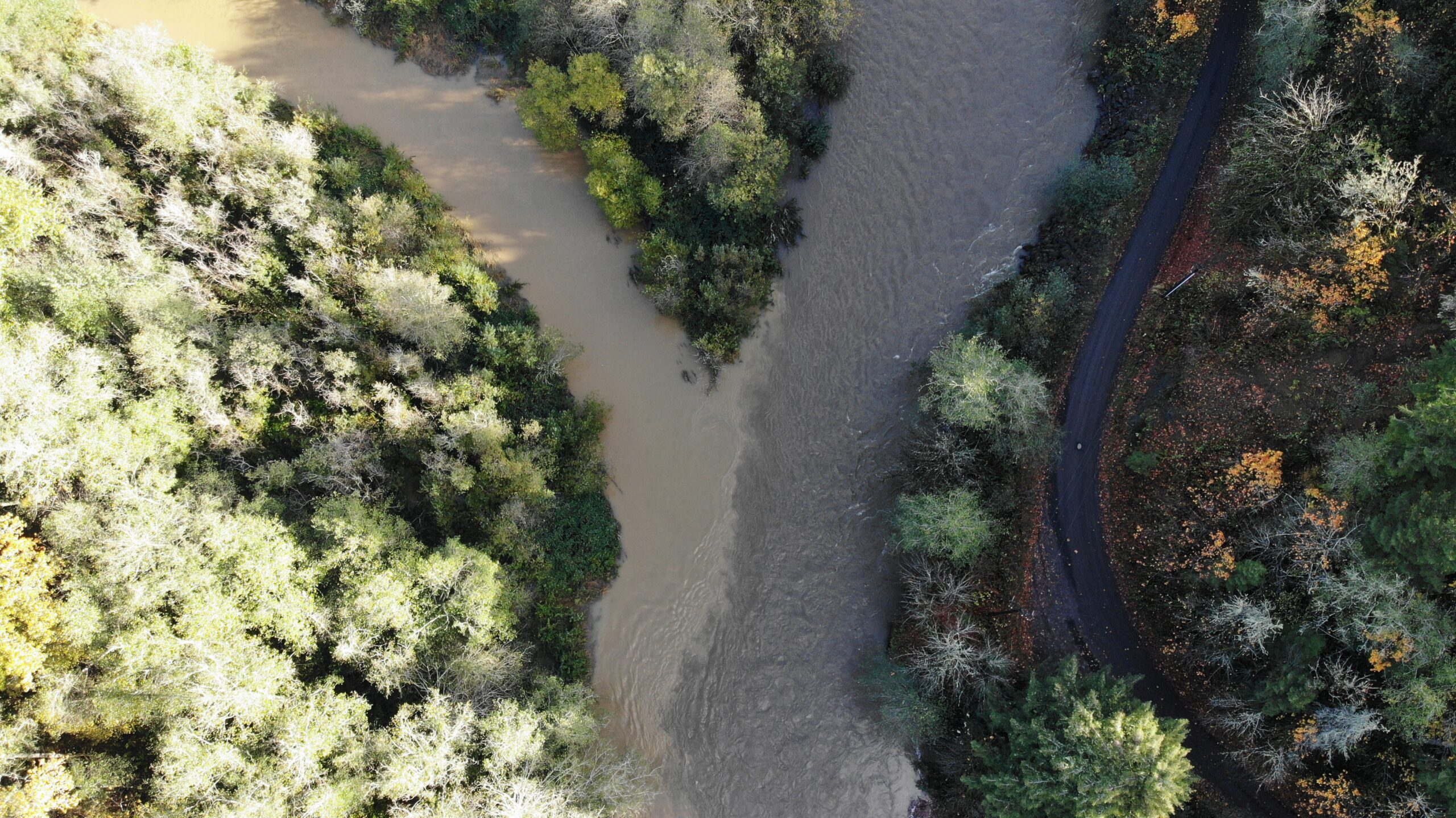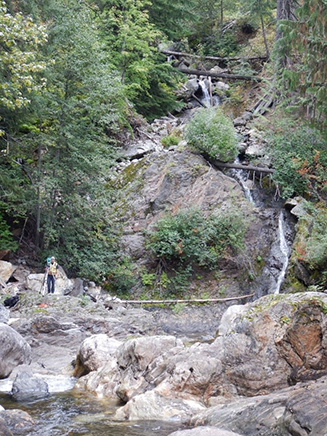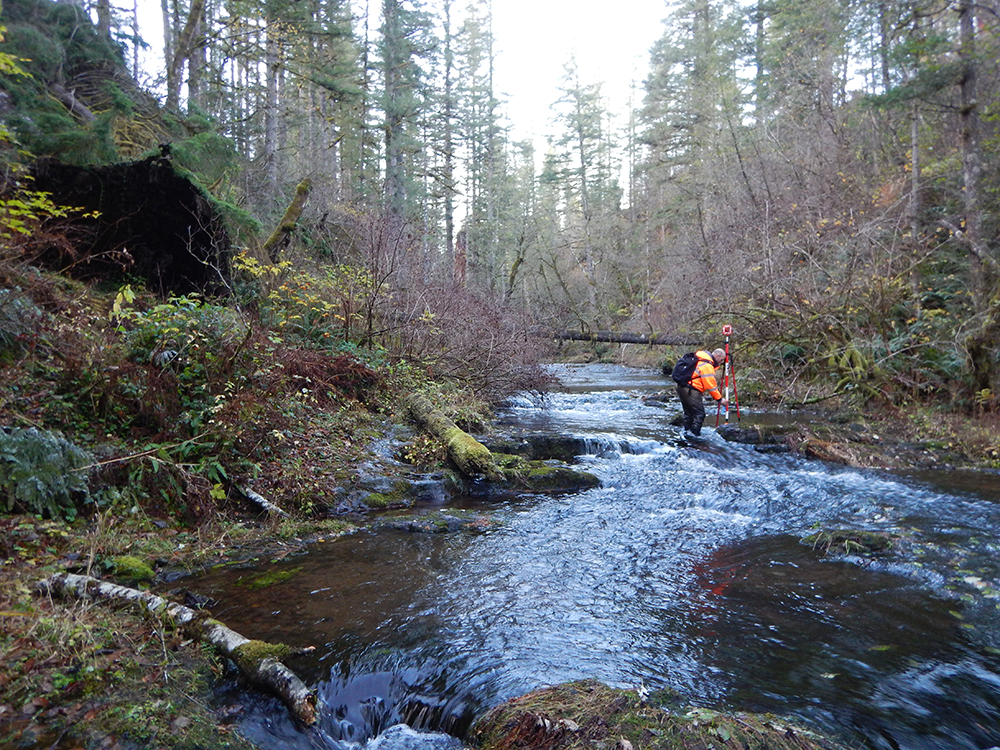
Services
- Aquatic habitat restoration
- Large wood structure design
- Dam removal
- Hydrology & hydraulics
- Fish passage
- Geomorphic assessments
- River and floodplain engineering
- Project monitoring
- Remote sensing
- CADD and GIS services
- Construction oversight
Project Experience
Kwoneesum Dam Removal
Parr Excellence is contracted with the Cowlitz Indian Tribe to provide preliminary designs for the removal of this 55-feet high dam on Wildboy Creek. The dam removal will restore wood and sediment transport processes to Wildboy Creek, a tributary to the North Fork Washougal River. Design services include developing a survey-grade, 3-D point cloud from aerial photogrammetry that will be used to document historical conditions at this former Campfire Girls Camp developed in 1965.
Neal Creek Instream Habitat Enhancement
This project is sponsored by the Hood River Watershed Group (HRWG) and the Confederated Tribes of the Warm Springs Reservation (CTWS). Parr Excellence and our teaming partners are contracted to complete surveying, modeling, and design for instream habitat restoration along a 3/4-mile reach of Neal Creek. This project includes habitat enhancements on two different sites comprised of seven different private property owners. Cooperation with landowners along Neal Creek has been paramount to successful design development
East Fork Hood River Large Wood Habitat Enhancement
The East Fork Hood River can move massive volumes of sediment as floods drain off Mt. Hood. This project site produces the highest hydraulic model velocities of all the restoration projects Bill has worked on for the last 24 years. The high velocities produce extreme lift force because lift is a product of velocity squared. The project design requires log structure top elevations to be above the 100-year flood to avoid being over-topped, and, thus, avoid lift associated with excessive velocities. Our team is assisting the Warm Springs Tribe to provide construction observation services.
Abernathy Creek Habitat Enhancement Projects
Eight project designs in Abernathy Creek in southwest Washington have been completed for both the Lower Columbia Fish Recovery Board (LCFRB) and the Cowlitz Indian Tribe. Habitat improvements include channel spanning log jams, restored meanders, reconnecting side channels, apex log jams, and placement of whole fir trees via helicopter. Abernathy Creek provides habitat for Chinook salmon, Coho salmon, chum salmon, and steelhead trout, all listed as threatened under the federal Endangered Species Act (ESA), as well as coastal cutthroat trout and other species. Abernathy Creek is one of three adjacent watersheds being monitored by the State of Washington as part of the Intensively Monitored Watershed (IMW) program.
Sarah Creek Fish Passage
Sarah Creek is a tributary to Abernathy Creek located on Washington DNR Trust Lands. The Cowlitz Indian Tribe contracted Parr Excellence to complete fish passage design within a 1/2 mile of stream channel where a waterfall and bedrock reach was an impediment to coho salmon passage. The fish passage design for this project included a roughened channel fishway in the reach downstream of the waterfall. This project received a 2021 ACEC Engineering Excellence, Best in State, Gold Award for Unique or Innovative Applications.
Fossil Creek Restoration and Habitat Enhancement
Fossil Creek provides habitat for fall Chinook salmon, coho salmon, chum salmon, winter steelhead trout, and eulachon, all listed as threatened under the federal Endangered Species Act (ESA), as well as coastal cutthroat trout, Pacific lamprey, and other species. The project design produced for the Lower Columbia Fish Enhancement Group includes large wood structures on the Grays River left bank and on a gravel bar adjacent to the left bank that splits flow toward the left bank and encourages vegetative establishment on the gravel bar. An abandoned levee on the right bank of the Grays River was excavated and removed from the floodplain. Fossil Creek restoration included a channel spanning large wood structures, high flow channels, and restricted cattle access in the Fossil Creek floodplain.
Nason Creek Fish Passage Barrier Assessment
The Yakama Tribe sponsored this work to evaluate two potential upstream fish migration barriers that had previously been identified, however, a detailed fish passage analysis of these natural features was never performed. The project included remote sensing, field investigation, and hydraulic modeling to assess two potential fish passage barriers on Nason Creek. The project developed a two-dimensional hydraulic model to assess both sites for steelhead, bull trout, Chinook, and coho salmon using WDFW passage criteria. The analyses determined that fish passage is possible at some flows, but migration may be density-dependent.

